
I hate raking, as does everyone I know. It’s hard work, tedious and incredibly frustrating. But, as luck would have it, here’s a little-known tip you can make use of - which means that you don’t actually have to rake. Not only is this a labor-saving trick for you, it’s also very good for your lawn’s vitality.
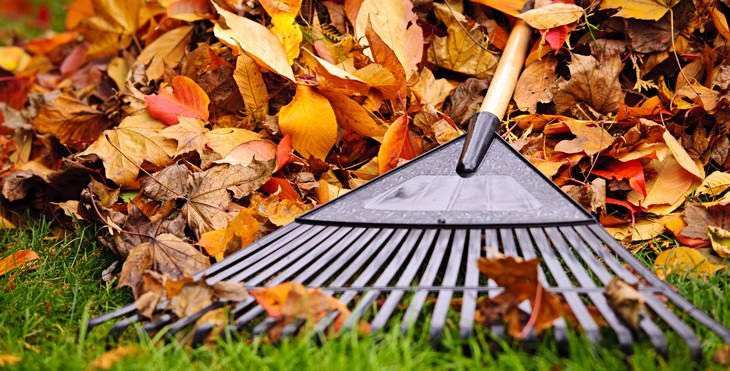
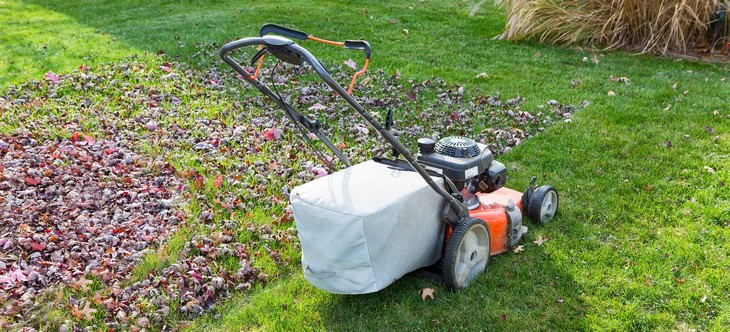

Researchers from the University of Minnesota’s Agriculture Department state that this method works especially well with oak tree leaves. This foliage decomposes very slowly, providing the lawn with stronger and more enduring nitrogen levels. So, if you have an oak tree in your garden, you are particularly fortunate.
However, they also suggest we try this method ONLY if we believe the trees the leaves have fallen from have no leaf diseases, like leaf spot, anthracnose or apple scab. To stop these leaves from re-infecting the roots of the tree you should remove these leaves from your lawn the old-fashioned way.
Hopefully now you won’t have to do anymore raking. So, good luck with your lawns this fall!
H/T: tiphero.com
Images courtesy of Depositphotos.com
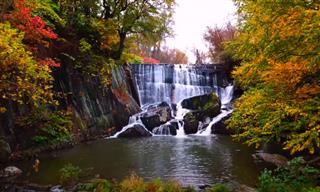 5:02
5:02
Experience the Incredible Fall Foliage of New England
Sometimes, all we need to brighten up our day is some aesthetic pleasure, and it doesn't get more beautiful than autumn in New England
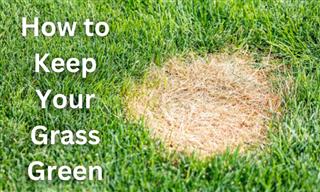
A Guide to Identifying and Treating 8 Common Lawn Problems
Discover 8 common problems in gardens and lawns and how they can be treated
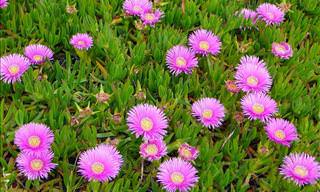
These Flowers Add Color With Very Little Gardening Effort
If you want to have a colorful summer garden but don't fancy dedicating all your free time to it, all you need are these 12 flower varieties. Read on for more.
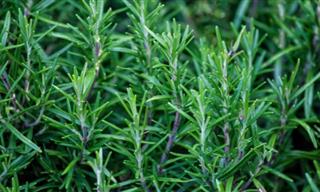
8 Spice Plants Perfect to Plant for the Fall Season
Here are 8 fragrant and delicious herbs that are highly recommended to grow yourself, including growing instructions for each one of them.
 5:18
5:18
10 Simple Gardening Hacks to Maximize Your Harvest
Gardening is a wonderful pastime, but we could all use an extra hand in the garden. With these 10 tips it'll be like there's two of you getting green fingers.
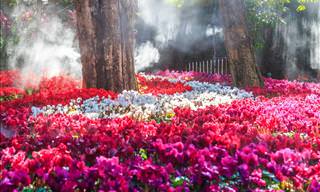
Fourteen Fall Plants Perfect for Sprucing Up Your Garden
These 14 perennial flowers can be enjoyed long after summer has ended, and just look at how beautiful they are! How will they look in your garden?

10 Common Electrical Mistakes Homeowners Must Avoid
These common electrical mistakes could endanger your family.

30 Tips That Make Training Your Dog Easier Than Ever
It takes a lot of effort to train your pet. Here are all the secrets you need to know about dog training using positive reinforcement!

14 Creative Uses For Old Wire Coat Hangers
Coat Hangers are not just useful for hanging your favorite clothes in the closet, they are handy in so many other ways too!

Keep Your Oven Clean with This All-Natural Cleaner
This non-toxic all-natural oven cleaner will keep your oven looking spick and span.

40 Common Tourist Traps to Avoid on Your Next Vacation!
If you're planning a trip abroad, please be aware of these 40 common tourist scams!
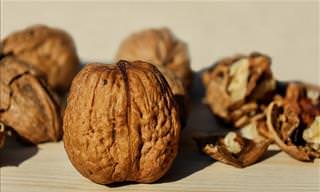
8 Foods That Will Make Cleaning a Lot Easier
The following 8 foods can all be used to make your cleaning routines a lot easier.

These 21 Common Household Items Are Toxic to Your Dog
Is there anything in your home or yard that could be poisonous to your dog? Read this list of 21 household items toxic to dogs to find out

4 Handy Infographics to Clear Up Spice-Related Confusion
Clear up the confusion you have about herbs and spices with these handy infographics. There's even a printable version for you to stick on your refrigerator!

Here's How You Should be Washing Your Dark Clothes
When it comes to washing dark clothes, you've got to be careful. Here's how to wash your dark clothes without ruining them!
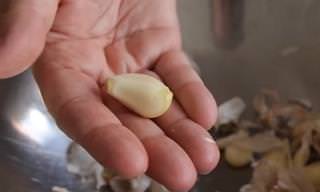 1:00
1:00
How to Peel a Garlic Head in 10 Seconds Flat!
Peeling this smelly (but delicious) vegetable can be tricky. However, thanks to this tip, you'll be able to do it in 10 seconds in future.

These Lessons Taught Me How to Live My Life Wisely...
Life doesn't come with an instruction manual, but we can certainly be wise about it if well tell ourselves these 10 important sentences.
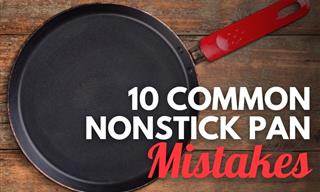
10 Reasons Why Your Nonstick Cookware Is SO Short-Lasting
Here are 10 common cooking and maintenance mistakes that can ruin nonstick cookware for you to avoid in the future!

What Happens to Your Breasts When You Don't Wear a Bra
What happens when you don't wear a bra? Here are 8 health benefits of not wearing a bra you may not know about.

How to Prepare Matcha, the Healthiest Drink on the Market!
Matcha green tea is one of the healthiest drinks out there and this is how you can make it yourself.

Experts Advise to Leave These Words Out of Your Vocabulary
Some very common words we say automatically might be making us look bad, experts say. These are the 5 words you should leave out your next conversation.
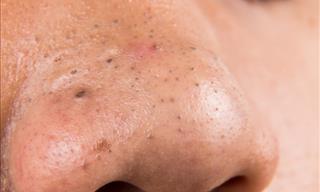
5 Natural DIY Remedies for Blackhead Removal
In this article, we'll teach you to get rid of blackheads using 5 easy and effective at-home methods

Hate Cough Syrup? This Home Remedy Works Even Better!
This natural home remedy for a bad cough is just as effective as cough syrup!

How to Defuse Heated Arguments Before it Gets Even Worse
Having an argument is natural, but sometimes they just spiral out of control causing a lot of damage. Here's how you can prevent that from happening.

Granny Always Knows the Answer to Life's Problems
Life is full of little problems. So that's why you need to ask your granny for the answers.

5 Surprising Health Benefits of Being Stressed
Can stress have a positive effect on your body and mind? Discover the health benefits of stress here.
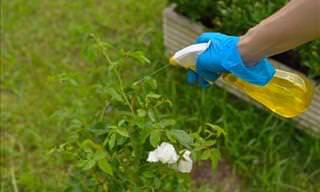
If You Have a Pest Problem, Try These Pesticides Out
If your plants are being eaten by pests, here are 6 eco-friendly pesticides that you can make at home.

6 Things to Know Before a Loved One Passes Away
Whether someone you know is terminally ill or on their deathbed, here are 6 things you should know about what happens before we pass away.
 15:30
15:30
Live an Easier Life With These 24 Everyday Tips!
This video offers 24 different tips for everyday problems.

25 Ways to Keep Your Garden Healthy and Thriving
We've collected some great tips for maintaining a healthy garden that will help you every day.

Unsure About Retiring? Here's Why You Should Wait
Are you financially prepared to retire? Look out for these signs.
 18:31
18:31
These 27 Great Bathroom Hacks Will Make Your Life Easier
Looking for some ingenious bathroom and shower hacks to make your life a lot easier? If so, you’ve certainly come to the right place!

12 Common Cooking Mistakes and How to Fix Them
Cooking can be fun or a headache, it all depends on how we work in the kitchen. Learn the12 mistakes most of us make while cooking and how to fix them.

How to Maintain Great Skin at Every Decade of Life
From your 20s to your 70s, each decade requires different skincare strategies.

How to Take Care of Yourself While Caring for Others
This article explores practical tips and strategies to help caregivers maintain their health and find balance.
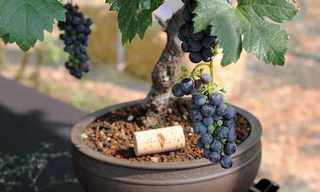
You Don’t Need a Garden to Grow Fruits & Vegetables!
Why not grow your own produce in your own home?

4 Genius Hacks to Help Remove Bugs and Stickers From a Car
Learn about 3 genius hacks that will help you remove pesky stickers and bug stains fast and effortlessly from your car!

GUIDE: What to Watch Out for When Buying Wooden Furniture
To help you become an expert in the subject, we’ve prepared the following guide to teach you everything you need to know about wooden furniture.
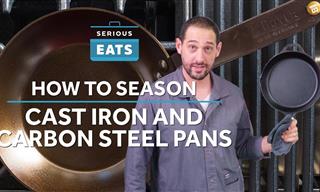 6:23
6:23
How to Season a Cast Iron Skillet the Right Way
What is seasoning and why is it necessary to season your steel and cast iron pans? And most importantly, how do you do it? Here are the answers
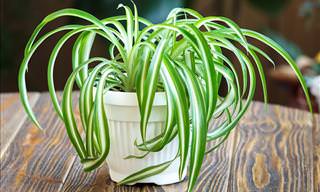
Decrease Indoor Humidity Levels with These 6 Plants
Having an ideal humidity level in our homes is essential for good health. Here are 6 indoor plants that can help decrease excessive humidity.
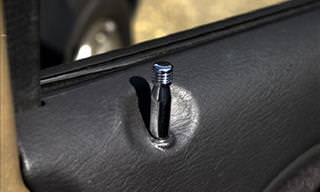
Locked Your Keys inside Your Car? You Need This Hack!
If you've locked yourself out of your car, this neat trick will help you solve your problem.

Treat Motion Sickness With These Natural Remedies and Tips
Here are 6 natural remedies and 7 effective tips that will help you eliminate the feeling of motion sickness.

Remove Unwanted Hair with These Natural Remedies
Got unwanted upper lip hair? Here's how best to remove it.

9 Subtle Restaurant Tricks That Empty Your Wallet Faster
Restaurants are using these sneaky tricks to make you spend more!

EGGS: the Simplest Food to Help You Shed That Extra Weight
In this article, we’ll explain the whys and hows of using eggs to shed those extra pounds by providing you with 6 handy tips.
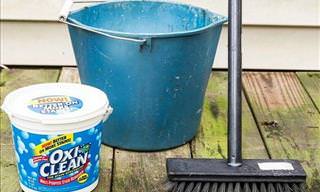
This 2-Ingredient Cleaner Will Leave Your Deck Spotless
If your deck is dirty, you can clean it easily using this simple 2-ingredient cleaner.

11 Common Phrases That Could Be Ruining Your Conversations
These common phrases are more passive-aggressive than you think.
To enable your Ad-Free Subscription, please fill the fields below
Your subscription was successful, now you can enjoy an ad-free experience!!
Note: To make sure you get no ads, please make sure to log in to your account. If you are logged in already, then refresh the page. The subscription can be cancelled at any time.


